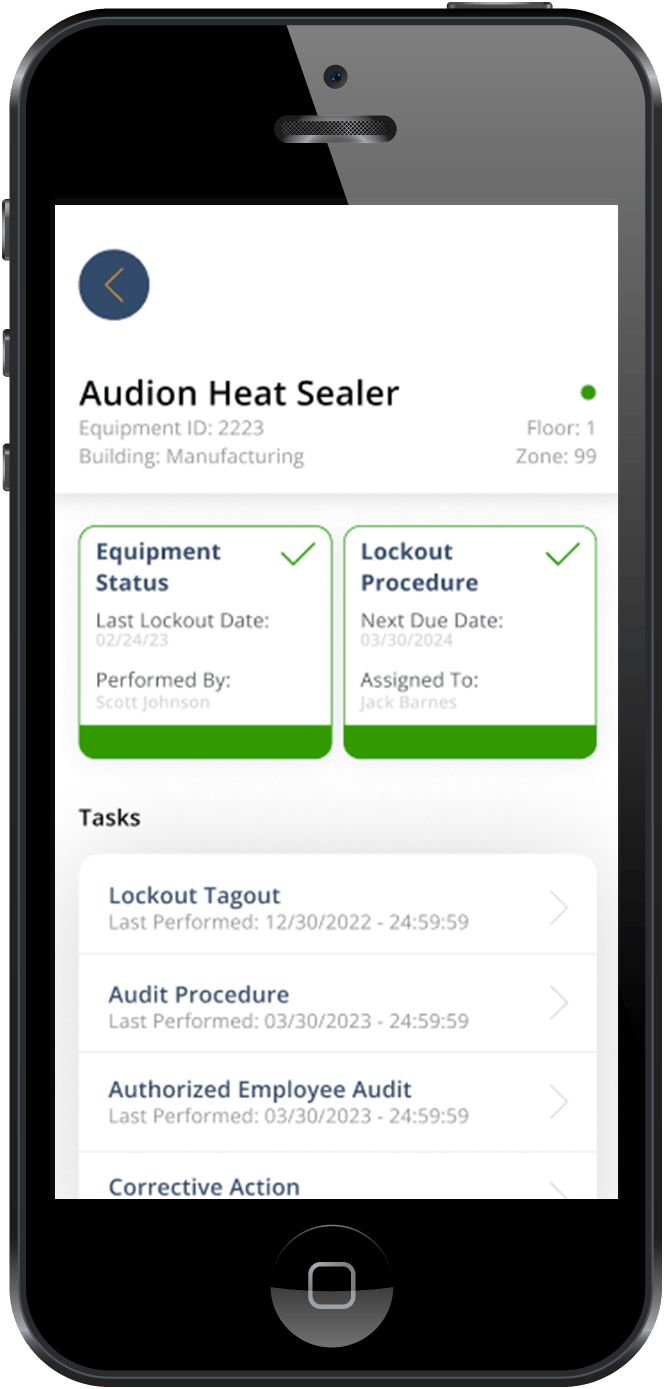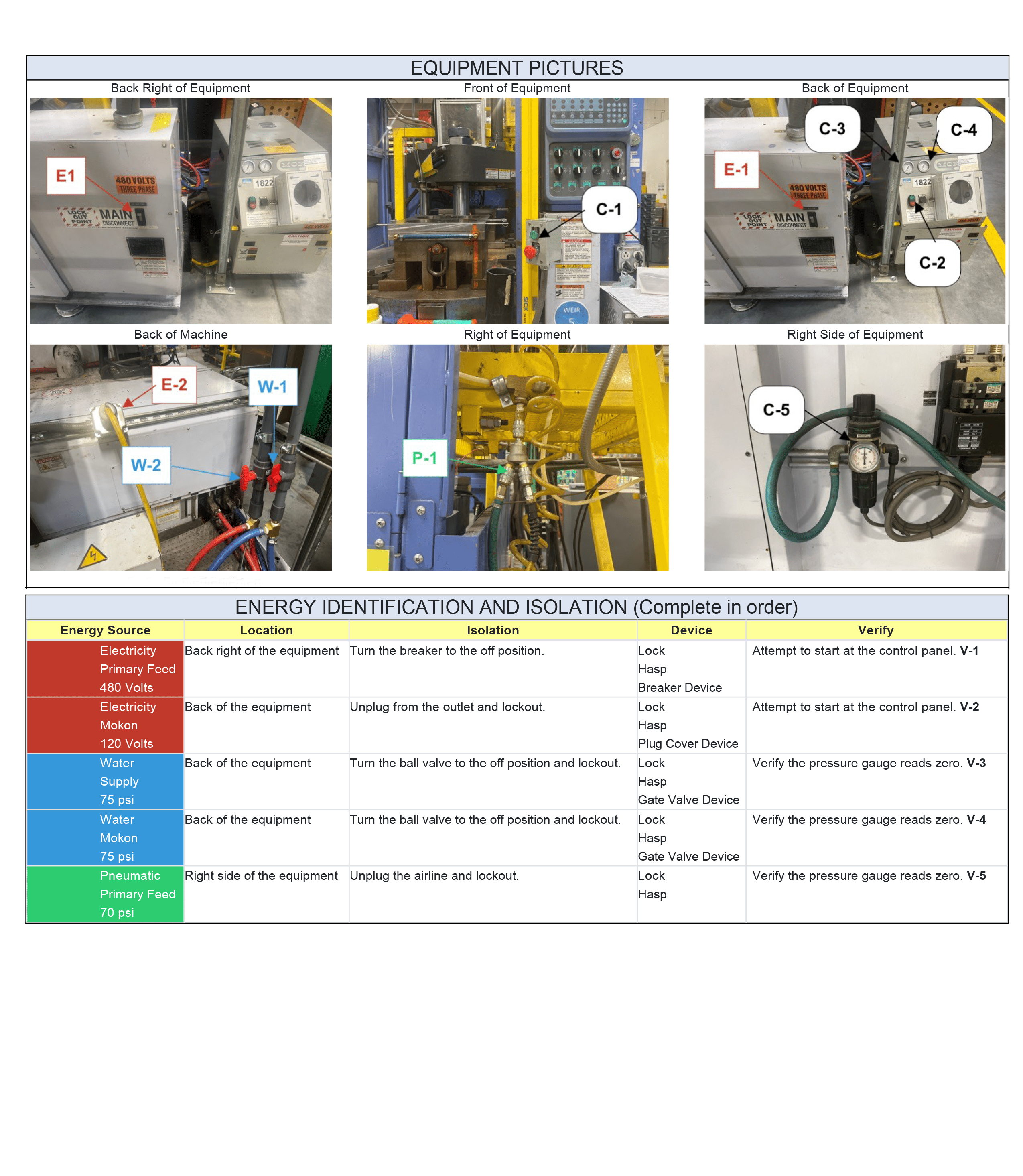Top Workplace Safety Violations in Manufacturing: What Small & Mid-Size Safety Consultants Must Tackle Now
Workplace safety violations aren’t just statistics — they represent real hazards, regulatory exposure, and operational risk for industrial manufacturing firms. For safety consultants and companies offering lock-out/tag-out (LOTO) services, understanding the recurring violation themes is crucial. In this post, we’ll dive into the most common workplace safety violation categories seen in manufacturing-type settings, explain why they keep resurfacing, and show how you (as a safety pro) can help clients turn the tide.

Why Violations Keep Happening in Industrial & Manufacturing Settings
Even when companies know the rules, workplace safety violations repeat. Several root causes include:
-
Process pressures & production targets: Maintenance may skip proper lock-out/tag-out or bypass guards because downtime hurts throughput.
-
Training gaps & workforce turnover: New employees, or those transferred into different roles, often haven’t been trained on energy control, machine guarding and hazard communication.
-
Normalizing risk: If near-misses or minor injuries are accepted as “just part of the job,” a culture of non-compliance can take hold.
-
Aging equipment and changing regulations: Older machinery or evolving standards mean safety systems may not keep up.
-
Documentation vs reality: Many facilities may have policies on paper, but lack the on-floor verification, reinforcement, and accountability.
As a safety consultant / LOTO service provider, positioning your services as solutions to those root causes is key.
The Frequent Violation Types You’ll See
Below are workplace safety violation categories that repeatedly show up in manufacturing and industrial environments. While the list is not exhaustive, it highlights the ones that tend to create the biggest risk — and biggest opportunity for your consulting business.
Why Companies Need a Proactive vs Reactive Approach
Relying on corrective actions after an incident or OSHA visit means the business is already exposed. By contrast, a proactive workplace violation safety program:
-
Reduces downtime and lost productivity from injuries.
-
Positions the business favorably for regulatory inspections.
-
Builds worker confidence and morale, reducing turnover.
-
Allows safety consulting firms to become strategic partners, not just compliance checkers.
How Safety Consultants & LOTO Service Providers Should Position Their Services
Here are several tactics you can use when marketing your services or structuring your consulting engagements:
-
Energy-control program certification: Offer packages where you develop, implement and certify the company’s LOTO program — including procedures, lock-out devices, training, audits and documentation.
-
Safety-culture transformation: Position your services as helping build safety leadership, worker involvement and hazard recognition training — not just box-checking.
-
Bundle equipment inspections with training: For example, combine fall-protection equipment inspections with a half-day training module on elevated-work hazards.
-
Digital monitoring & analytics: Promote the use of digital checklists, mobile apps, or wearable tech to track near-misses and equipment status — using your firm as the system integrator.
-
Annual safety-health review: Offer an annual future-looking risk assessment that maps out next-year’s priorities, budget-friendly improvements and key metrics so clients stay ahead.
Tactics such as these are sure to help your clients reduce workplace safety violations.
Key Takeaways
-
Workplace safety violations in manufacturing keep recurring because underlying causes like training gaps, outdated equipment and culture persist.
-
As a safety consultant, focusing on high-risk categories (LOTO, fall protection, machine guarding, chemical hazards, powered industrial trucks) gives you targeted offerings aligned with regulatory exposure and operational risk.
-
Position your services as strategic partners helping companies move from compliance to continuous improvement — which drives safety performance, productivity and reputation.
-
Build service packages around training, audit, program development, digital tracking and culture change — and you’ll meet the needs of small to mid-sized industrial clients who often lack in-house resources.






